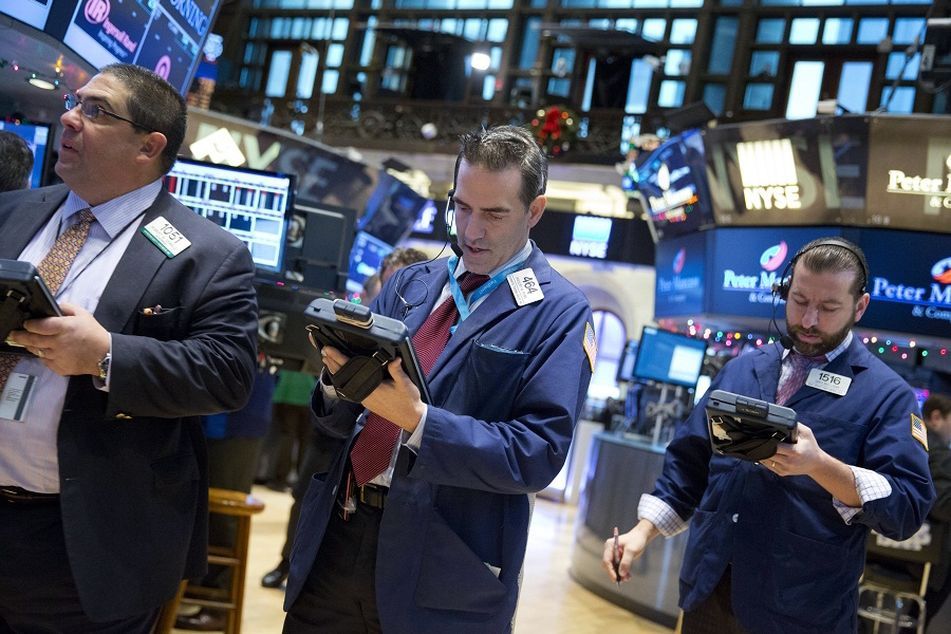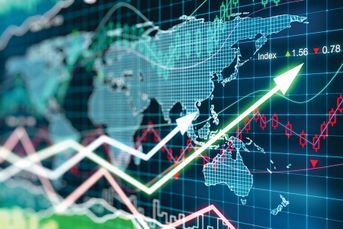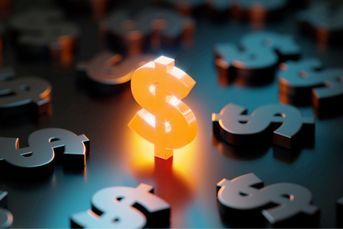Is a recession coming? Yield curve signals loudest warning since 2007

Rates on 10-year notes sank like a stone Monday, erasing the surge that followed President Donald J. Trump's 2016 election.
The latest eruption in the U.S.-China trade dispute pushed a widely watched Treasury-market recession indicator to the highest alert since 2007.
Rates on 10-year notes sank to 1.714% on Monday, completely erasing the surge that followed President Donald J. Trump’s 2016 election. At one point, they yielded 32 basis points less than three-month bills, the most extreme yield-curve inversion since the lead-up to the 2008 crisis.
(More: Markets plunge as trade war escalates)
The moves follow reports that China is responding to the American president’s threat of more tariffs by allowing the yuan to fall and halting imports of U.S. agricultural products. Many major investors expect the slide in 10-year yields to continue given the risk that a protracted dispute creates for markets.
Count BlackRock Inc., the world’s largest asset manager, among them. The firm’s global chief investment officer of fixed income, Rick Rieder, foresees 1.5% for the 10-year.
“We could be in a significantly lower-rate environment for a while” given that central banks are poised to ease, Rieder told Bloomberg Television on Monday.
(More: Wall Street reactions to China trade escalation marked by fear, uncertainty)
The outlook for steeper declines resonated in options markets, too, which saw trades targeting a drop through 1% this month.
Columbia Threadneedle’s Ed Al-Hussainy also sees the potential for a further leg down in the 10-year benchmark, but says Federal Reserve rate cuts could help the yield curve reverse its current course.
“Potentially now the curve starts to steepen because the Fed is being pressured — by a combination of data and obviously downside risks in trade — to be more forceful,” the senior strategist said in a phone interview.
Heavy buying in fed funds futures contracts since the Fed delivered its quarter-point reduction last week means the market is now pricing in another reduction in September, and then some.
Mr. Al-Hussainy expects investors to turn to even more aggressive positioning for rate cuts. He says the signal from the curve suggests money markets should be pricing in a higher probability of the Fed’s policy rate going to zero in the coming year.
“There’s a huge disconnect now,” he said. “You don’t need to do a lot of mental gymnastics to get to the Fed having to cut 200 basis points to put off a recession.”
Learn more about reprints and licensing for this article.








